06 Feb Obituary: Rev. Carey Knittle, 45 Years as a UB Pastor
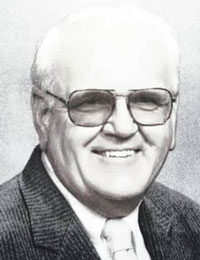 Rev. Carey Knittle, 89, a United Brethren pastor in Indiana and Ohio 1960-2005, passed away February 2, 2018, at the University of Michigan Hospital in Ann Arbor, Mich. He was a United Brethren pastor for 45 years, and a 1965 graduate of Huntington University.
Rev. Carey Knittle, 89, a United Brethren pastor in Indiana and Ohio 1960-2005, passed away February 2, 2018, at the University of Michigan Hospital in Ann Arbor, Mich. He was a United Brethren pastor for 45 years, and a 1965 graduate of Huntington University.
Viewing: 11am – 1 pm Tuesday, February 6, 2018.
Funeral: 1pm Tuesday, February 6, 2018.
Viewing and funeral location: Monticello United Brethren church, 21057 State Route 116, Spencerville, OH 45887
Son-in-law David Riddle, a former United Brethren pastor, will officiate at the funeral.
Carey Knittle was born April 6, 1928, in Adams County, Ind. He graduated in 1946 from high school in Decatur, Ind., and then entered the Army, serving in post-war Japan. He and Marjorie, who survives, were married October 9, 1949.
In 1960, Carey began five years as pastor of the Winchester UB church in Monroe, Ind. He graduated from Huntington University in 1965 with a Bible degree, was ordained that year, and became pastor of the Northbrook UB church in Cincinnati, Ohio. He remained there until 1972, when he became pastor of the Monticello and Elgin UB churches, on a circuit outside of Van Wert, Ohio.
Knittle subsequently pastored the UB church in Lancaster, Ohio, 1983-1991, returned to Monticello (no longer on a circuit with Elgin) until 1995, and served the Hillsdale UB church in St. Mary’s, Ohio, until 2005.

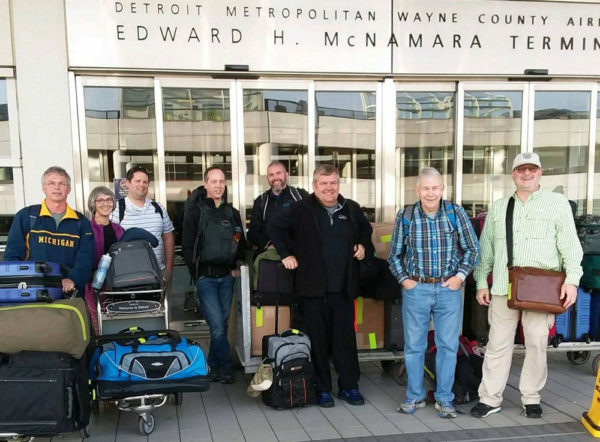
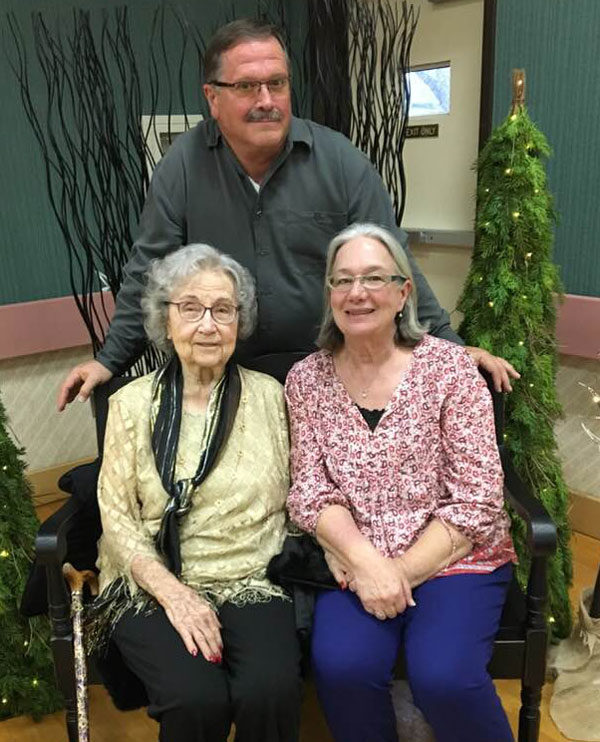
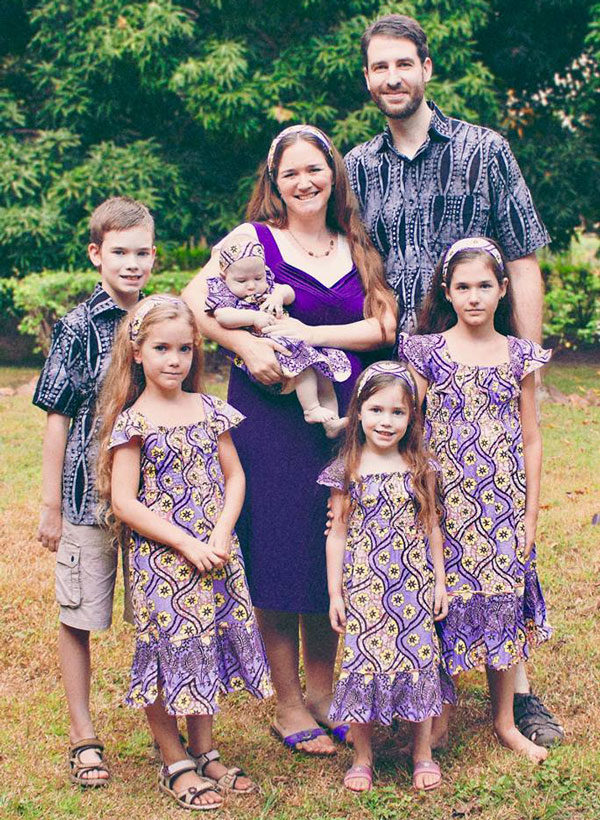
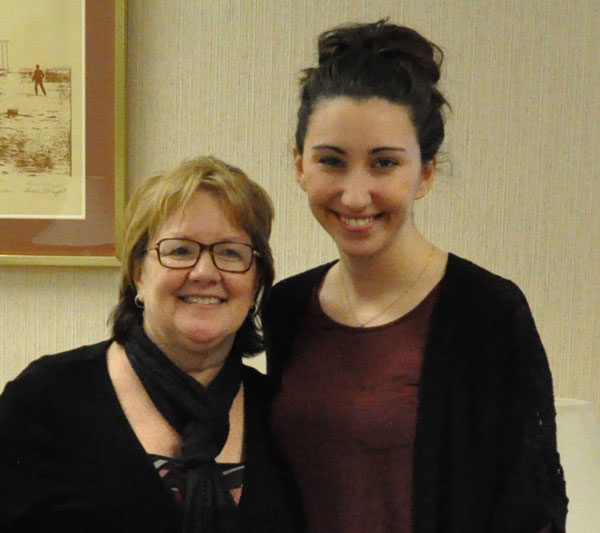
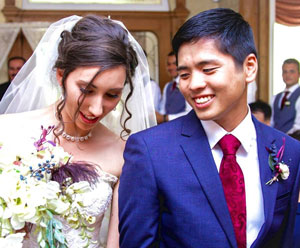
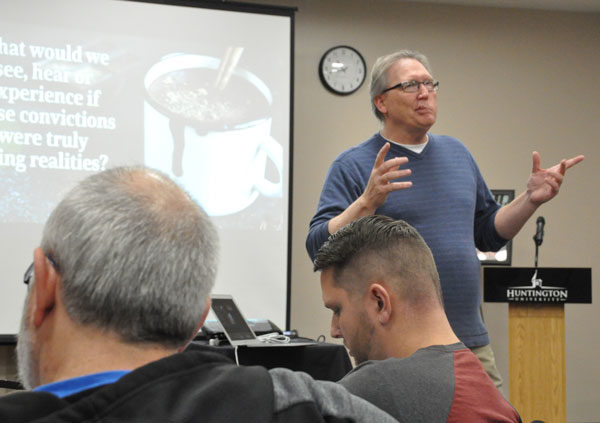
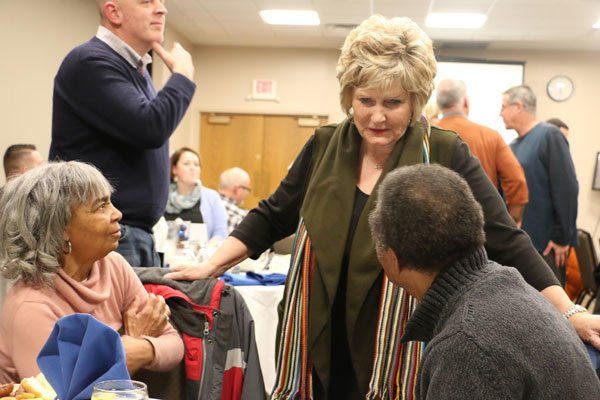
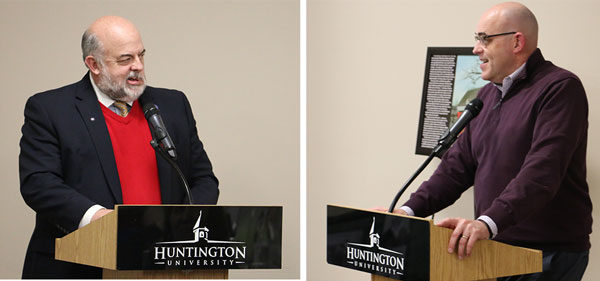

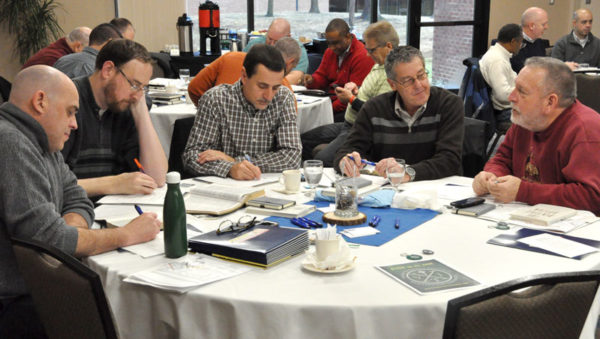
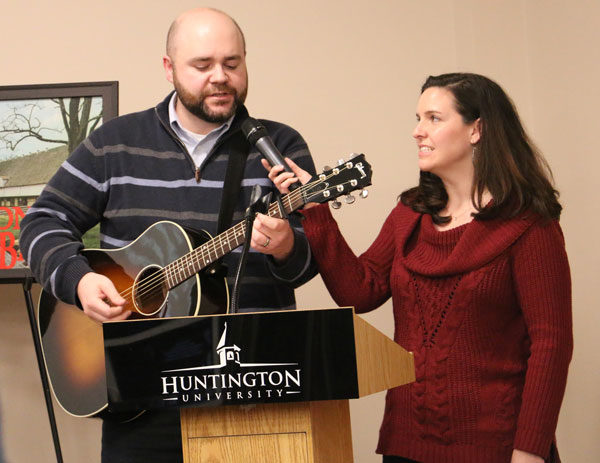
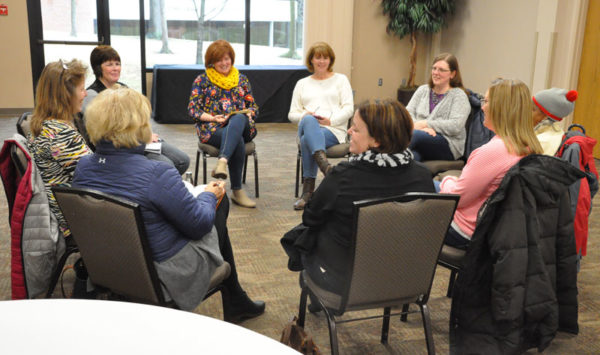
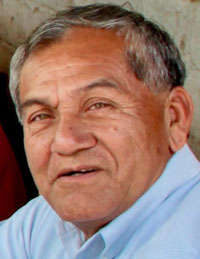 Rev. Armando Lopez was elected as the new superintendent of Nicaragua Conference. He replaces Rev. Juan Pavón, who has served in that role for over 12 years.
Rev. Armando Lopez was elected as the new superintendent of Nicaragua Conference. He replaces Rev. Juan Pavón, who has served in that role for over 12 years. Randy Carpenter (right) was hired as a staff pastor at
Randy Carpenter (right) was hired as a staff pastor at